Language
You can read the magazine in one of the following languages
As Australia zeroes in on its target goal to be climate-positive by 2050, the ways in which we generate, store and use energy are radically transforming.
This energy transition means the electricity grid will change more in the next 10 years than it has in the last century, and the decisions made today will affect the lives of generations to come.
Western Sydney is Australia’s third-largest economy and the growing heartland of New South Wales. Futureproofing its electricity grid – which currently serves 2.7 million people – to safely integrate renewable energy, while offering customers more choice and affordability, is one of Endeavour Energy’s biggest challenges. But also one of its greatest opportunities.

Multiple initiatives aimed at promoting growth in Sydney’s west (and beyond) are resulting in the region experiencing a significant boom. It is currently seeing 40 percent more growth than Sydney, with new cities planned, international automated distribution centers moving in, the construction of the Western Sydney International Airport nearing completion, and the transformation of traditional industrial areas.
But with a boom in infrastructure projects, and the resultant population growth, comes an increasing demand for power – and a need to draw energy from sources that support a sustainable future.
Presented with a once-in-a-generation opportunity to create a new, long-lasting infrastructure centered around sustainability, Endeavour Energy CEO Guy Chalkley didn’t hesitate.

“Endeavour Energy was a sleeping giant in the Australian utility sector,” he says. “Few had heard of it, it did really good work but didn’t really want to talk about it or share the story of what it was doing.”
Charged with powering one of the fastest-growing regions in Australia, the company was looking for a change in direction. It found it in Chalkley, a Londoner who had worked in utilities, construction and even commodities.
“Somehow I ended up in energy. I was with Western Power in Western Australia for about seven years, and CEO for the last part of that,” he explains. “But when the opportunity came up to join Endeavour Energy it just felt right.”
Having moved from South London, and working all around the world before moving to Australia, he says it was the inner city vibe of Parramatta that attracted him to move from Perth to Western Sydney.
“I felt I could help the overall transition of the region; it really was a combination of things that inspired me take on the role. I felt I’d come home.”
Chalkley’s arrival at Endeavour Energy in April 2020 coincided with the advent of the COVID-19 pandemic, which plunged many of the provider’s customers into a long and grueling lockdown. Almost overnight, home energy usage ballooned as people were forced to work and study from home.
For Endeavour Energy and its new CEO, this was a challenge and an opportunity.
“You adapt to what’s thrown at you,” he says. “Interestingly, I reckon there were also advantages to being a CEO in that period, because while you couldn’t physically meet and make new connections, it was really easy to get into people’s calendars with Teams meetings.”
By the time Chalkley was able to get out and about to meet with employees and key stakeholders, he’d already formed reasonable relationships virtually. “It wasn’t a bad thing for somebody arriving in Sydney that didn’t have any local connections,” he says.
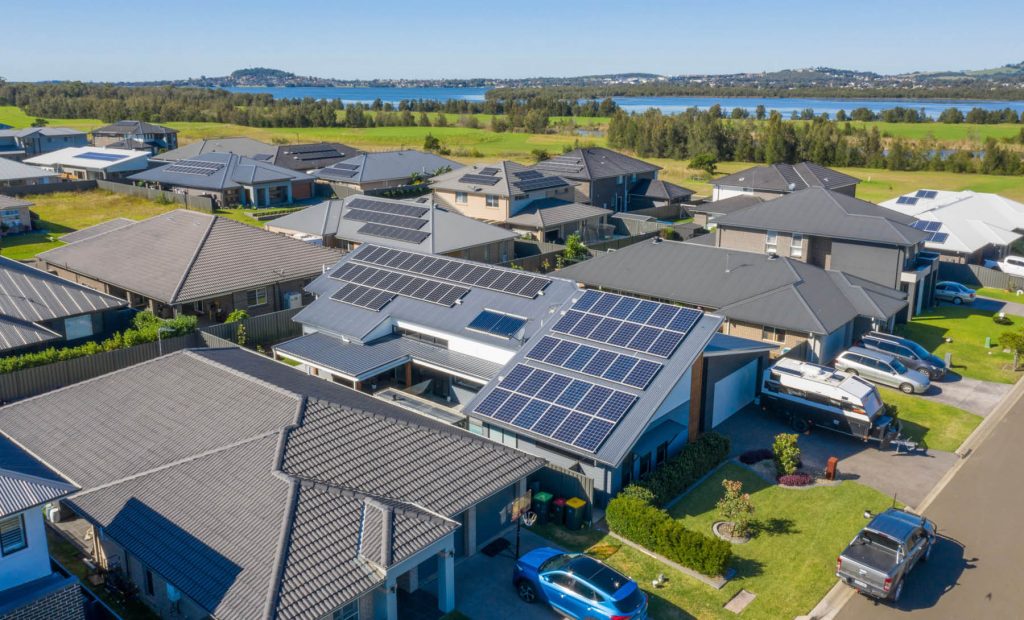
Fully cognizant of the 2.7 million lives that rely on his success, Chalkley set about amplifying Endeavour Energy’s visibility and creating a vision of the company’s place in a more sustainable future.
“We’ve got a core business that’s very visible in terms of the traditional poles-and-wires business, but do you really believe they’ll exist in 50 years’ time? That’s why we’ve started the transition, and it’s happening very quickly,” he says. “I wanted to look at 2035 and work backward rather than looking at 2023 and trying to iteratively work forward.”
The last five years have seen a dramatic take-up of residential rooftop solar, a development Chalkley says is already changing the landscape of the industry.
“And there’s so much more that’s going to happen,” he says. “New South Wales is still only at 25 percent average take-up, so you can pick a number well north of 50 percent in 10 years’ time.”
Industrial solar is another story entirely. “Again, pick a number. It’s not even there yet,” he says. “But if you look at some of the examples in the United States and Europe, people will start to take advantage of that in terms of energy prices and opportunities to do so. It’s coming.”
Add to that the ever-growing electric vehicle and battery markets, and Chalkley says Endeavour Energy’s network is in a dynamic period of change. “Storage is definitely the game-changer as we transition to a clean future,” he says.
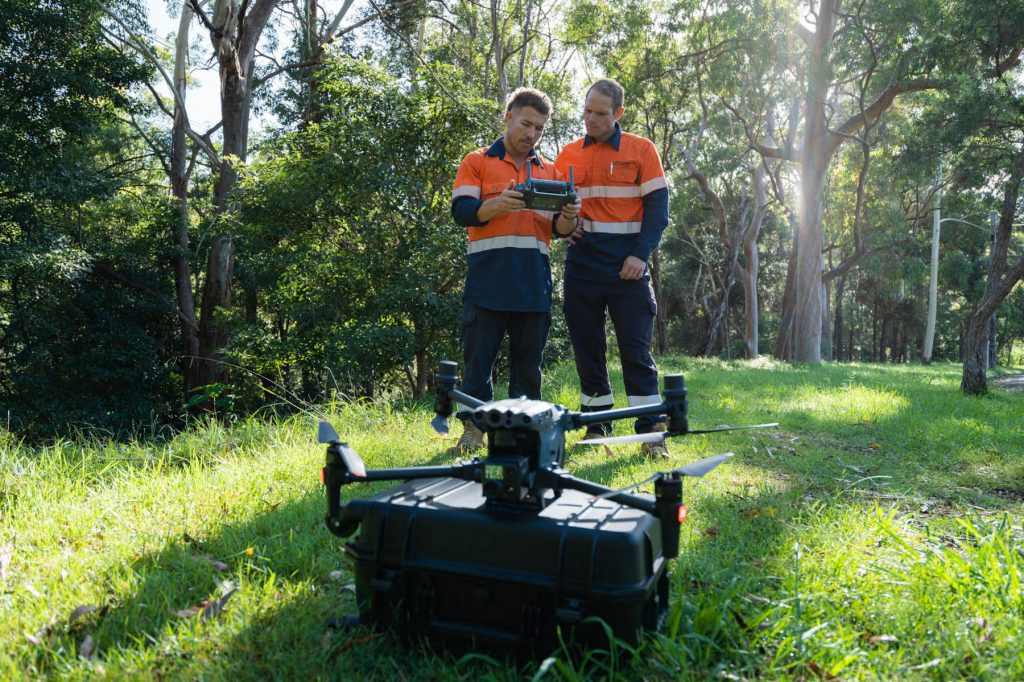
“People will talk about large-scale grid batteries, people will talk about community-sized ones, some customers will make their own choice and have their own ones. However it goes, we’ve got to be able to configure the network and become the trusted partner that gets you the right power, at the right time, at the right price.”
That’s a very different model to how it would have been 20 years ago, when an electricity distributors’ main focus was supplying energy 24 hours a day to someone’s business or house.
“Now you’ve got to be able to take that energy back, you have to make sure you understand what the batteries are storing, you have to take into account the impact electric vehicles will have on your network,” he says.
“It’s about having a mindset that’s forward-thinking, but not too much so because a lot of it’s already happening,” he continues. “Customers are no longer simply customers; they’re generators. So it’s important to always treat them with the respect they deserve, because they’re going to be giving us power.”
It’s this kind of thinking and reevaluation of a rapidly transforming ecosystem that Chalkley has used to transform the culture at Endeavour Energy during his time there.
“You have to evolve the organizational culture, because it’s a different business,” he says. “We’ve gone from a historical, very engineering-based company that’s quite perfectionist, focused and knows what needs to be done, to an uncertain world where we have to try new things that haven’t quite gone to scale, but we can see where they’re going.
“Having the right culture in such an organization means that people are comfortable to try those new things and they don’t feel like the hierarchy is stopping them from doing so.”

Whether that’s easier said than done in the case of a company with more than 1,800 blue-collar and corporate employees remains to be seen, but Chalkley’s leadership has already imbued Endeavour Energy with a strong reputation and a highly engaged workforce.
Internally, Chalkley’s slate of employee programs, developed after engaging with employees and listening to their feedback, has led to a 23 percent jump in employee engagement to a total of 65 percent. This has placed Endeavour Energy well above the average score for the Australian energy industry.
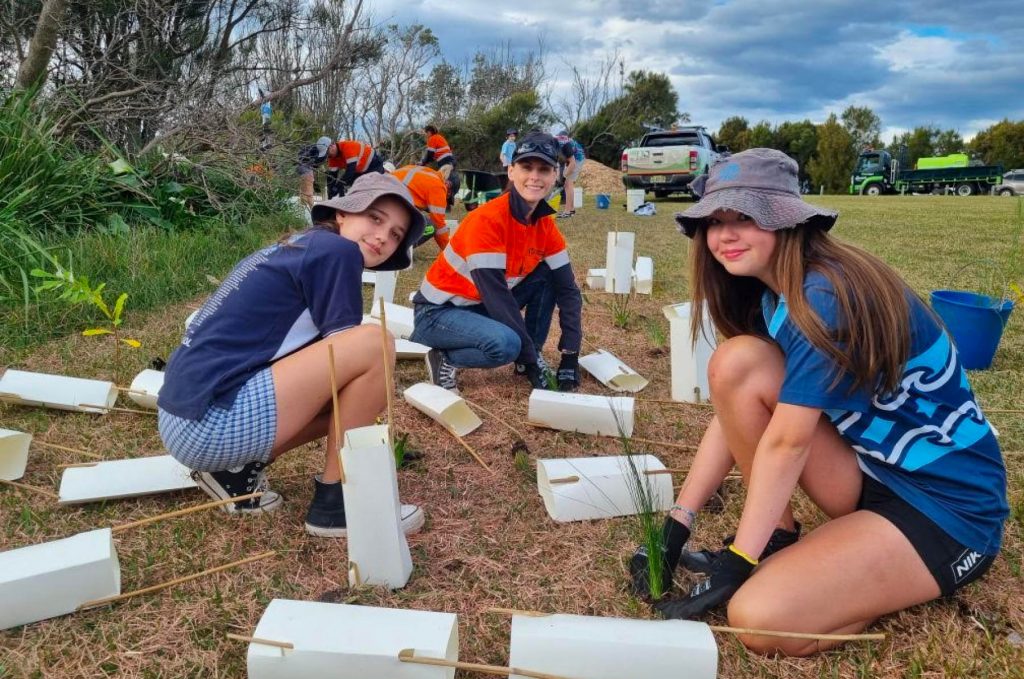
This renewed engagement has been achieved through programs that focus on employee training and talent to create internal pipelines of creativity.
These include health and wellbeing and employee volunteering, in which staff can take two days of paid volunteer leave annually to support First Nations, sustainability and mental health initiatives in the communities in which the company operates.
There’s also greater internal recognition of quality service, performance and growth in an industry that’s under greater scrutiny in the public eye than ever.
“You pick up a newspaper any day of the week and you’d do well to pick a day when energy wasn’t somewhere in the first 10 pages,” Chalkley says. “People can see the change that’s happening in our sector, and we know we need some different behaviors to be successful in the future. That starts with recognizing what we do well today.”
Safety remains at the top of Chalkley’s list of priorities, but that leads to an interesting trickle-down effect.
“You’re never going to move safety from the top spot – you want people to be safe – but it’s not just about being operationally safe,” he says.
“In the bigger picture, it’s important to care for the people that work with you. You care for the community that you’re embedded within, and you care for your customer that lives within it. In the past, if we’re really honest, safety has meant operational safety, but I think you have to take it up about three levels and care as well. If you care, you start moving toward a very different place.”
Diversity is another critical aspect of Chalkley’s leadership.

“I wanted to make Endeavour Energy a place where everyone belongs,” he says. “If you want to make sure people and customers are at the heart of what we do, you have to include people of all different backgrounds, experiences and perspectives.”
To that end, Endeavour Energy’s new Parramatta offices and other depots and field service centers around its network have been designed as collaborative spaces. Endeavour Energy also partners with TAFE NSW and the KARI Foundation to support and encourage Aboriginal and Torres Strait Islander people to work toward a career in the energy sector, whether through scholarships, mentoring or hands-on experience and Endeavour Energy’s Technical Training Center.
There’s also Endeavour Energy’s apprenticeship program, which in 2023 welcomed an influx of recruits that was 60 percent female. Indeed, diversity and inclusion are some of Endeavour Energy’s highest drivers of engagement within the organization.
A lot of that has to do with the fact that, from the beginning of his tenure as CEO, Chalkley has made sure to ask people around him to not simply accept things the way they’ve always been. “Find a better way, stretch yourself,” he says.
“And most importantly, if you really want to start moving things, you’ve got to own it. You’ve got to be nimble, you’ve got to be flexible and open to learn. The opportunities are coming and they’re not the same ones from the past 60 years. They’re different, and you have to be ready to take them. And I feel that in the last few years, people have embraced all of that.”
This approach, and the higher profile that’s come with it, has put Endeavour Energy in pole position for the radical future that lies ahead for the industry.
“We’re in a competitive world, and to win future opportunities, people have to trust you. You need runs on the board for that,” Chalkley says. “So we’ve moved into the competitive market and won big competitive tenders like supplying power to the Western Sydney International Airport.”
With the rapid growth and transformation of Western Sydney and surrounding regions, Endeavour Energy is well placed to support a growing focus on sustainable energy. But Chalkley says it’s not just about being in the right place at the right time.
“We’re fortunate to be here, but our advantage is we are the Western Sydney community,” he says. “Our employees are, our customers are, and they’re bringing their kids up in the same area governments are starting to want to promote, so we’re all on the same page. We want to live, work and play in the same place, and we want our kids to go to the university that’s around the corner, not a two-hour bus trip away.”

For all their community-based virtues, the regions to the south and west of Sydney’s outer limits are subject to harsh environmental conditions, from intense heat and drought to floods and fires. For Endeavour Energy, these are constant threats that must be factored in when planning any new initiative.
One recent development has made this forward planning much easier, however. In 2022, Endeavour Energy became the first electricity network in Australia to employ an engineering grade ‘digital twin’, a virtual model of its network of poles and wires.
Thanks to a fruitful partnership with electric utility software platform Neara, Endeavour Energy has been able to use its digital twin to eschew onsite inspections for matters such as clearance between rising floodwaters and power lines and free up field resources for other critical functions.
This digital twin was a crucial part of Endeavour Energy’s response to the Hawkesbury River flooding of 2021–22. Its advanced analytics and risk modeling were able to speed up recovery by eliminating 300 hours of inspection time.

It’s another example of how traditions are being swept aside by progress, Chalkley says. “Traditionally, suppliers are transactional services, but now you’ve got to be one step ahead, thinking about partnership opportunities,” he says.
Endeavour Energy’s goals are achieved by working with partners, suppliers, key innovators, customers and the community itself, he adds.
“We don’t necessarily have all the answers, so it’s only by partnering together that we can build a much better solution than we could on our own,” he says.
“Collaboration is hard work. You can’t just have a Teams call once every six months. You can’t not meet people. You have to put your body and soul into it, and that’s what you’re starting to see. It’s also becoming much wider than Australia; today, collaboration can truly be international. You have to make sure your eyes are open to all opportunities.”
One such opportunity recently revealed itself on the New South Wales South Coast – a chance to put Chalkley’s approach into practice.
Frequently battered by bushfires and wild storms, towns along the coastline south of Sydney struggled to maintain power during times of crisis. In December 2022, Endeavour Energy began engaging with government, council and the communities of Bawley Point and Kioloa on the South Coast of New South Wales to find a way to turn these towns into resilient energy hubs.
Working together, the State’s first co-designed, community microgrid was born. Consisting of subsidized solar panels and batteries, the community microgrid will provide a robust, sustainable and reliable power supply to its coastal communities.

“The microgrid is a natural progression of technology in the asset,” Chalkley says. “It’s the result of a customer-centric and integrated approach to planning.”
A customer’s own rooftop solar and home battery can be used to bolster the grid’s resilience, making the project a true community effort.
“We co-designed the microgrid in partnership with the local community, and we’re pleased it’ll serve as a blueprint for other communities, empowering them to embrace renewable energy and attain self-sufficiency during times of crisis.”
Another result of Endeavour Energy’s collaborative spirit is the Bungarribee community battery. Located in the Western Sydney suburb, the battery allows neighbors to tap into a stored well of solar power without the need for their own rooftop solar setup, or even to own their own home.
Another first for Western Sydney, the Bungarribee community battery is the first of many more to come, Chalkley says.
“It’s an exciting innovation that will see our customers both be a part of, and benefit from, the energy transition.”
At Endeavour Energy, it’s a win for Chalkley’s bringing the ‘outside inside’ approach.
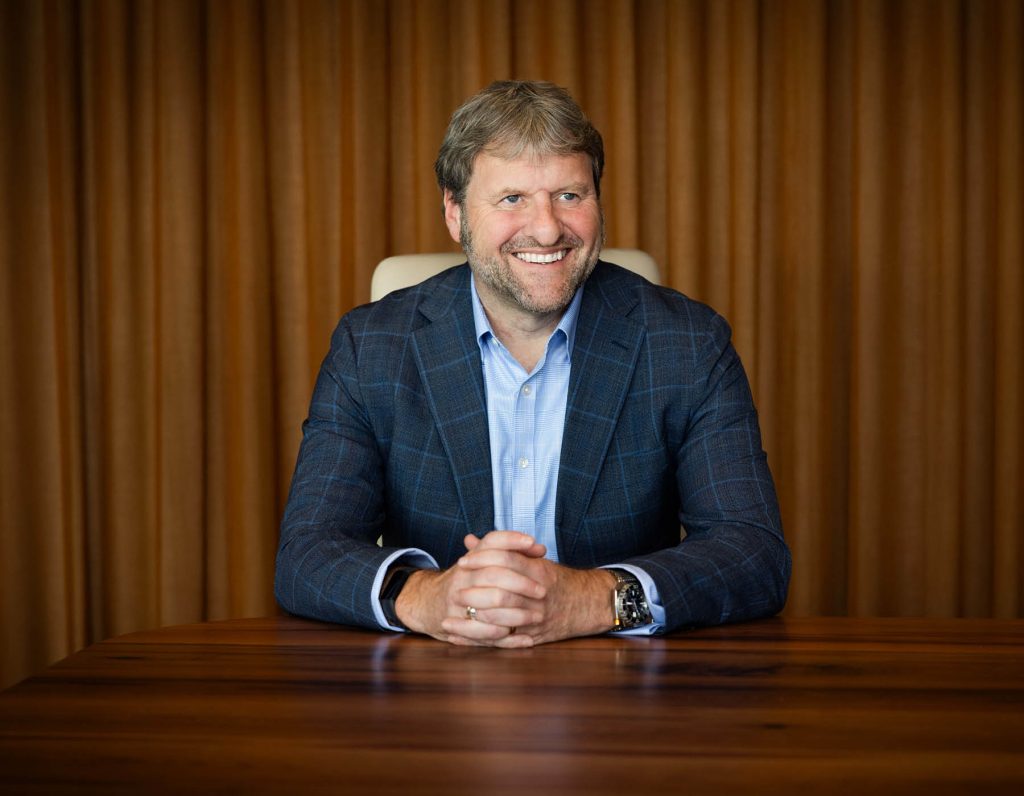
“Through the efforts of Endeavour Energy and others, people are beginning to understand the change that’s happening in the sector,” he says. “Everyone’s worked out that transition to net zero is happening, that coal is going to be replaced with solar, wind and maybe hydrogen in the future. But that means you have to build transmission, which is costly and means you need more storage.”
Chalkley says that distribution has an equally important role to play in supporting the transition to net zero. By helping accelerate uptake of residential and industrial solar, and rolling out community and grid scale batteries and microgrid solutions, Endeavour Energy is laying the groundwork of understanding and practicality for what’s to come.
“The weight has started to shift at last, but still most of the talk is around connecting the big wind and solar farms to the urban network,” Chalkley says.
“Meanwhile, we can’t forget what the customer is already doing for us. As the transition from coal to renewables goes forward people think there’s a choice to be made. The truth is the customer’s already making that choice for you. They’re doing it themselves.”
Permanent change for the energy sector is coming – and coming fast. Under the guidance of Chalkley and his team, Endeavour Energy has become one of the harbingers of that change.
“People will talk about standalone power systems, microgrids and embedded grids in small communities, and they’re the natural progression of technology in the asset,” he says. “But I think the biggest change we’ll see is the use of data.”
To get the energy chain and the community on the same page, he says, all comes down to the portrait data paints of what’s going on beneath the surface – or in the case of solar, right on it.
“Understanding that visibility of the data in terms of what solar is produced, which battery is storing what energy, that’s what’s going to make networks more efficient in the future.”
And that’s where Endeavour Energy still has the most work to do, in Chalkley’s opinion.
“That’s the part we’ve still got to move on, but you can see the technology’s moving with it. Tomorrow’s partners are not necessarily today’s. We’re working much closer with the big data companies, the Amazon Web Services, the Microsofts, the Googles, and we’re seeing just how big of a part they’ll be playing in the future.”
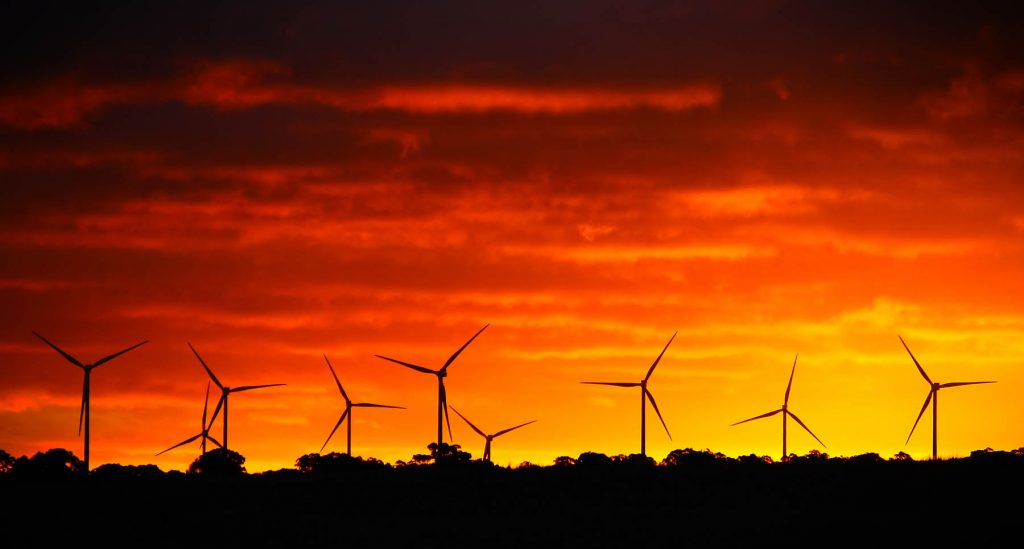
That’s all down to the growing importance of data, which Chalkley says will grow far beyond what’s possible with smart meters.
“It’s understanding why you need that data. If you think somebody who has solar, and might have their own battery, could be one of your future customers, you’ll really want to make sure that’s utilized properly. You need to be able to take their excess when they don’t need it, and to be able to give them energy when they haven’t got enough.”
Ever since he joined Endeavour Energy, Chalkley has advocated a data-driven, customer-focused approach to an industry that’s already radically different to the one he first joined over a decade ago – and one that will be unrecognizable 10 years from now.
Data will create a doorway to that future. It’s not enough that the technology exists. As ever, Chalkley adds, collaboration – between customers, partners, providers and suppliers alike – is the key.
“Talking together is what will really enhance the future of energy and make it as efficient as we need it to be,” he says. “That’s why it’s crucial we put customers first. If we can serve the needs of the community and support them today, they’ll be equipped to make better choices for tomorrow.”
